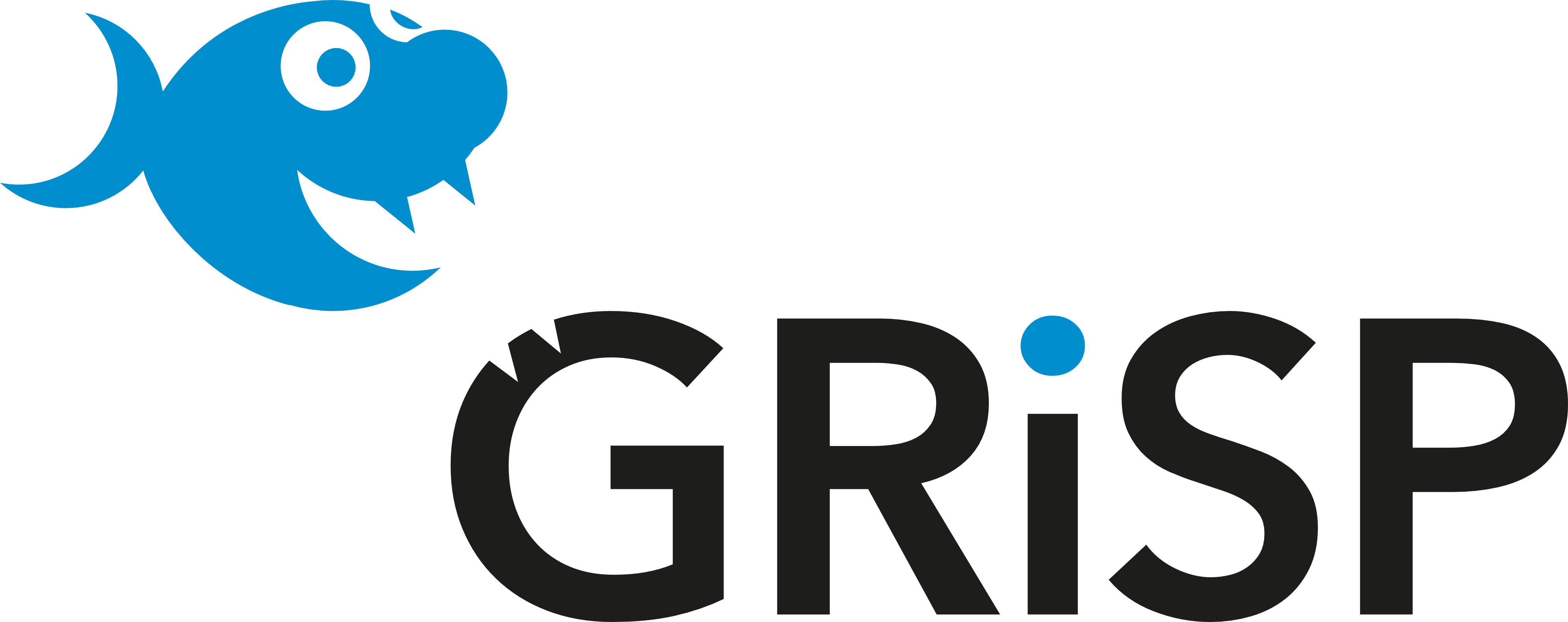Livebook Meets GRiSP: Redefining IoT Development from Cloud to Edge
Imagine simplifying IoT development so much that building sophisticated edge computing applications becomes as intuitive as editing a document in real-time collaboration with your peers. This is precisely what happens when Livebook meets GRiSP—two powerful technologies coming together to revolutionize IoT from cloud to edge.
🧠 Interactive Edge Computing Made Easy
At Code BEAM America, we demonstrated how combining Livebook's interactive notebook environment with GRiSP boards can dramatically simplify IoT development. Livebook, inspired by tools like Jupyter and Mathematica, brings real-time collaboration, rich visualizations, and interactive coding to the Elixir ecosystem. GRiSP, meanwhile, provides robust hardware specifically designed to run fault-tolerant Erlang and Elixir applications on edge devices.
During integration, we faced the intriguing challenge of running Livebook modules directly on remote GRiSP boards, which are primarily Erlang nodes. Surprisingly, we discovered that sideloading Elixir modules onto these Erlang nodes transformed them seamlessly into full Elixir nodes—highlighting the elegant interoperability between Erlang and Elixir.
🔗 Bridging Cloud and Edge, Effortlessly
One unique insight we gained was the importance of flexibility in remote execution. While running a full Livebook on a remote node initially seemed ideal, we found limitations, such as the inability to easily use Kino graphical widgets remotely and restrictions to just one remote node per Livebook.
Fortunately, Livebook provides "remote smart cells"—customizable components that execute remotely, allowing multiple GRiSP nodes to connect simultaneously, ideal for distributed IoT applications. This smart cell approach aligns perfectly with our future plans to offer more GRiSP-specific functionalities, enhancing usability and flexibility even further.
🧪 Real-World Applications: From Research Labs to Disaster Recovery
Researchers stand to benefit significantly from this integration, as GRiSP boards paired with Livebook can rapidly prototype sensor networks and interactive dashboards, streamlining experimental processes and visualizing data in real-time. For instance, you could swiftly deploy boards in a laboratory, aggregate sensor data seamlessly into interactive visualizations, or even control robotics applications directly from a collaborative notebook.
Furthermore, collaborative features in Livebook are immensely valuable in scenarios like disaster recovery operations, where distributed IoT nodes provide real-time situational awareness. By collaboratively editing and analyzing live data, response teams can dynamically manage evolving situations more effectively.
On a more personal note, this technology also enables practical home automation. Imagine managing your solar heating system through an intuitive, interactive dashboard, adjusting parameters in real-time from anywhere.
🔒 Secure by Design with Braid and Erlang Distribution
A critical piece of this puzzle is secure Erlang distribution. Historically, Erlang distribution faced limitations such as rigid mesh network structures and security complexities. Modern improvements, however, resolved these challenges. Braid further simplifies secure Erlang distribution by managing cryptographic keys intelligently and securely—storing them in hardware secure modules on GRiSP boards or centrally in cloud orchestrators.
Braid uses mutual TLS (mTLS) to secure connections between IoT devices and cloud infrastructure. This approach ensures robust protection against unauthorized access or tampering, essential for distributed IoT applications stretching from local edge networks to global-scale cloud services.
🚀 Game-Changing Possibilities for IoT
Integrating GRiSP and Livebook opens doors previously locked by complexity. The ability to write IoT applications using Erlang or Elixir—languages renowned for fault tolerance and concurrency—combined with Livebook's interactive capabilities, significantly accelerates development. It democratizes edge computing, empowering researchers, engineers, and hobbyists alike to rapidly prototype, experiment, and deploy robust IoT applications without extensive hardware or low-level programming expertise.
🔭 Looking Ahead
Future developments are equally exciting. Planned integrations such as OPC-UA for enriched metadata-driven visualization, MQTT for robust data transportation, and ROSiE (ROS2 integrated in Erlang) for advanced robotics research, indicate just how versatile and powerful the GRiSP and Livebook partnership could become.
We're excited about continuing to build tools that make IoT development not only simpler and more secure but also profoundly interactive and intuitive. The future of IoT is interactive, distributed, and collaborative—and it's already beginning today with GRiSP and Livebook.
🔍✨ Try Livebook + GRiSP During the Trial Period
INFO
We're offering temporary access to the Livebook + GRiSP integration as part of a beta trial. If you'd like to test it out, follow the steps below.
After the trial period, Livebook integration will be available only through the paid GRiSP-io support tiers.
Sign Up: Create an account at GRiSP.io.
Get a GRiSP Board (if you don't already have one): Order your board from the official shop.
Log In: Access your account on GRiSP-io.
Link Your Device: Follow these simple steps to connect your board. 🔗
Contact us: Reach out to us in the #grisp channel on the Erlanger Slack.
👉 If you’re not already on Slack, you can join the Erlanger workspace here
Stay tuned, and join us in exploring this exciting new frontier! 🚀
